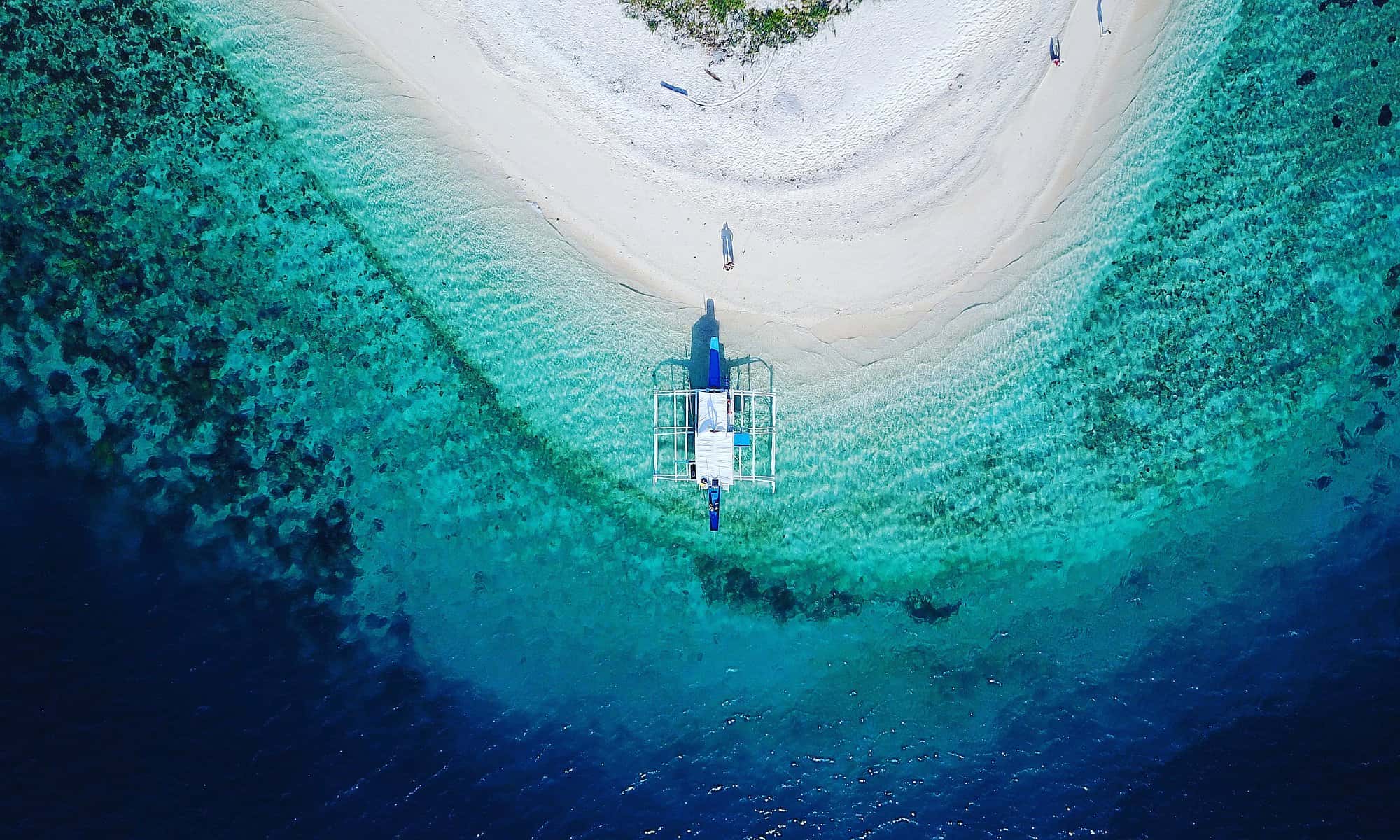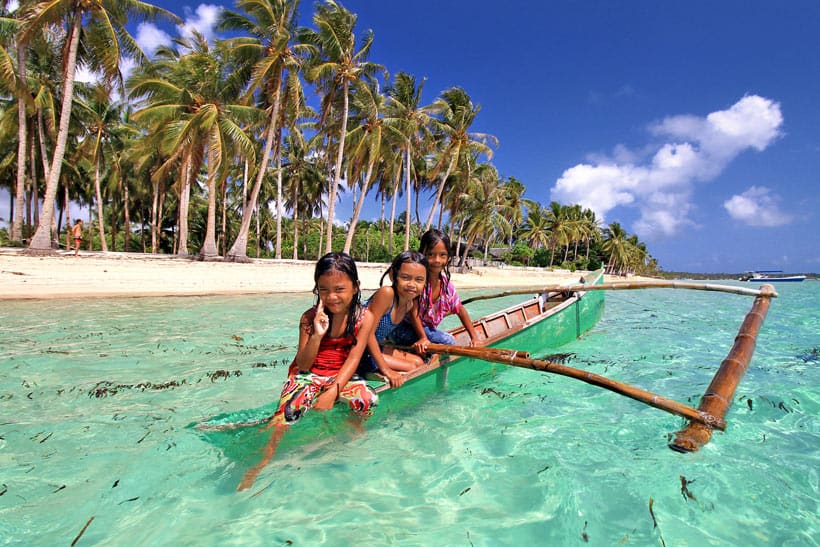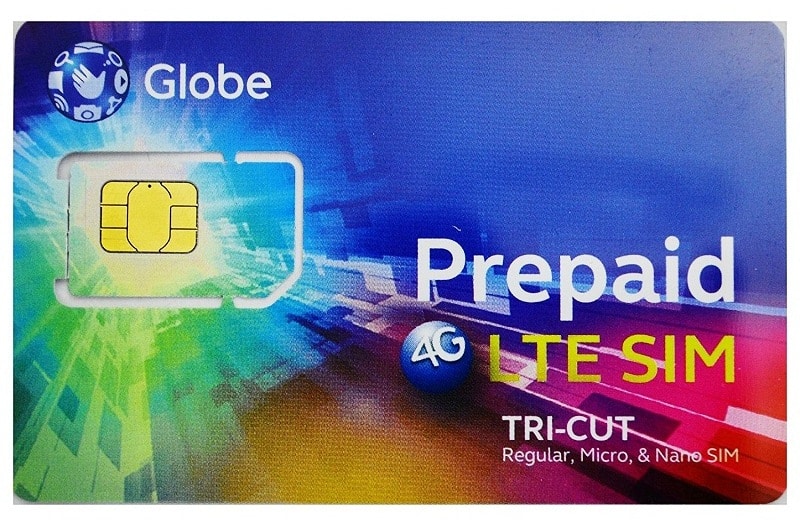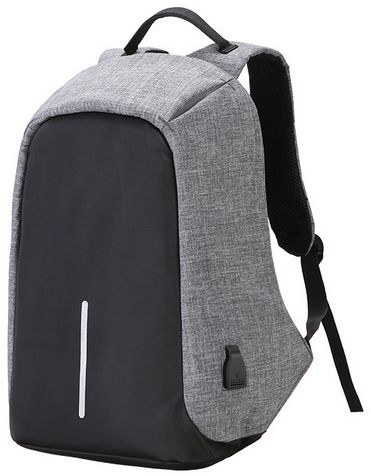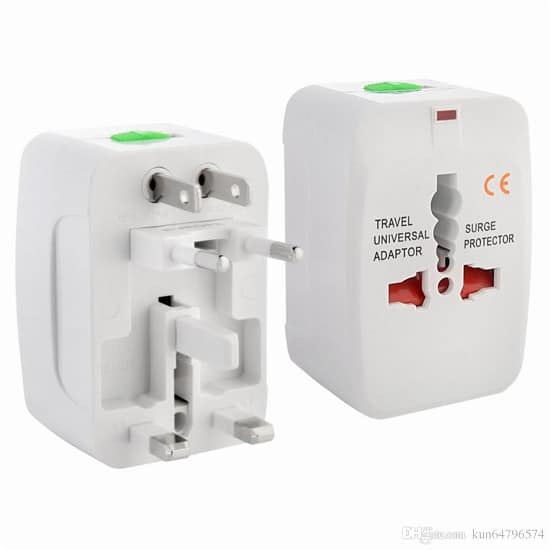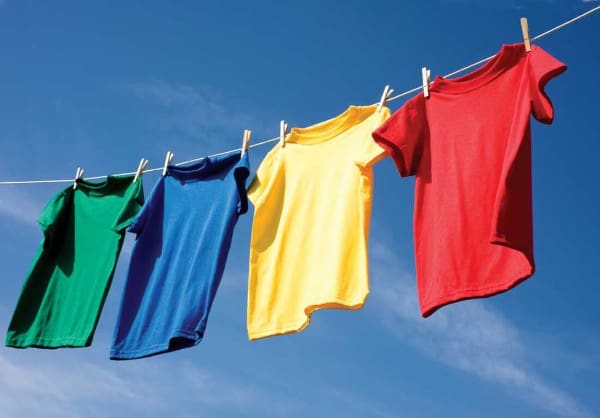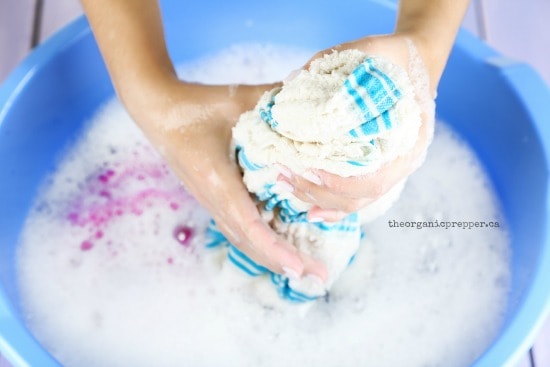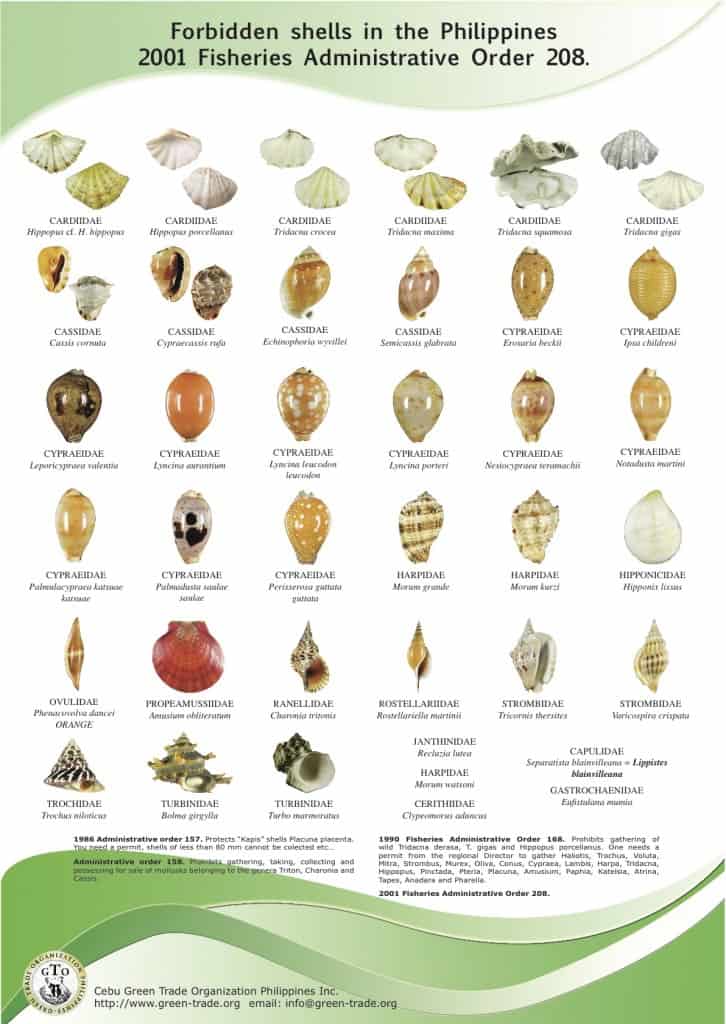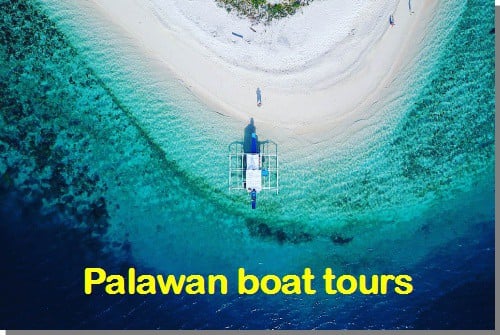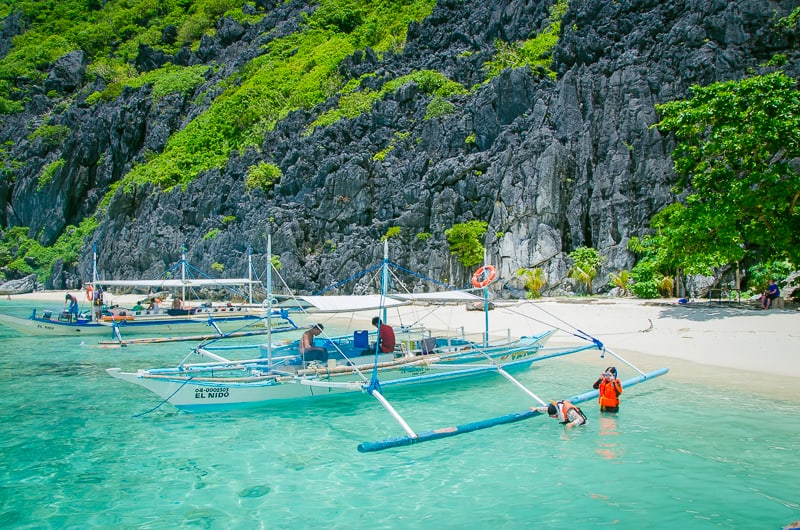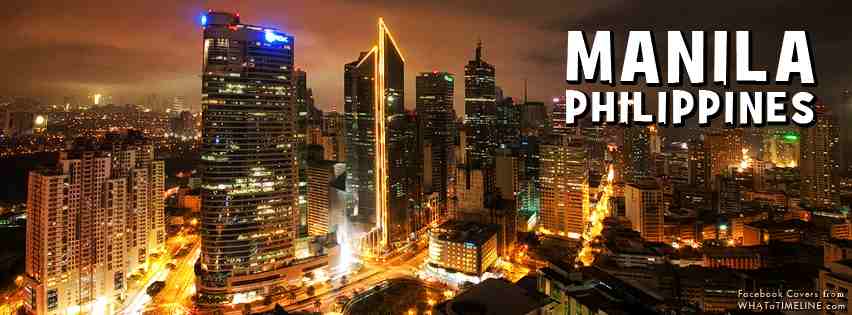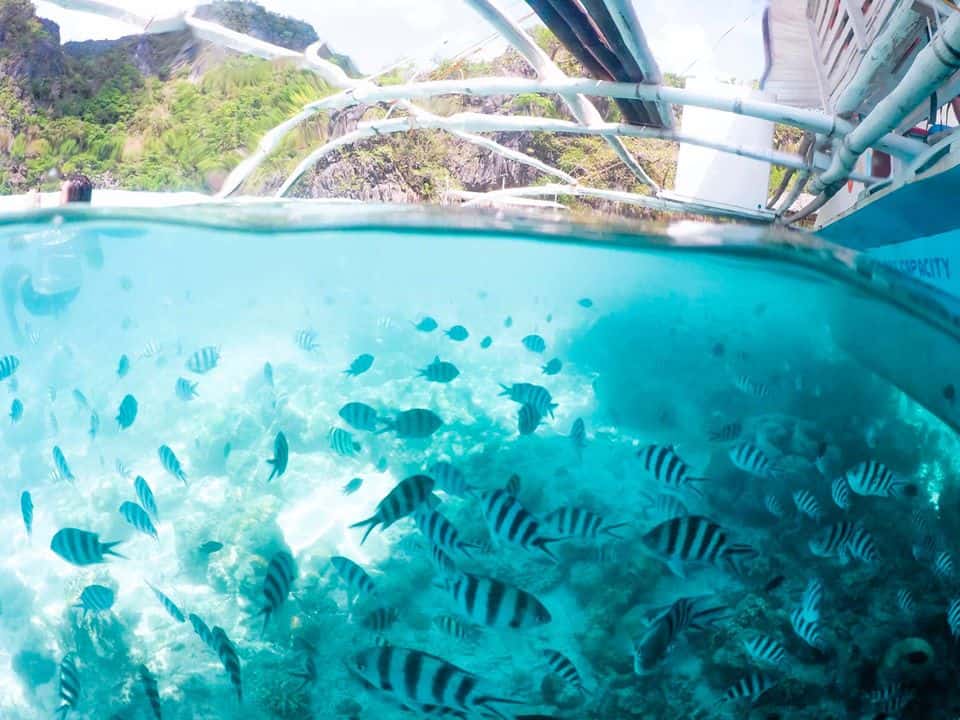Follow me as I travel around the country on a motorbike, mentioning my favourite spots from the perspective of someone who loves nature and getting off the beaten path, while mentioning the best things to do in the cities as well.
So far I have explored Manila and Palawan, for which you can check out my suggested travel itinerary for Palawan. Now I have begun to explore the Visayas and am compiling information on the entire country. The rest of this page focuses on general tips for travelling through the Philippines.
Internet and Sim Card
Like the rest of Asia, it is cheap and easy to buy a prepaid sim card with affordable internet (note that you do not pay for incoming calls). The two main ones are Globe and Smart, both of which have shops at the airport. Make sure your phone is unlocked, or you can probably get it unlocked easily enough in Manila.
Globe generally has faster internet and broader coverage, but in some remote areas (such as the entire stretch between El Nido and Coron), there is only Smart. So if you need to stay online, it would be good to get both.
With Globe make sure to text “surfalert on” to the number 8080, otherwise when your subscription runs out you will automatically be charged 5p for each 15 minutes of surfing. You will be sent a text message once your subscription has ended to remind you to renew it.
I prefer to text “gosurf 50” (costing 50p) to 8888. That package gives you 1gig of download for a three day period, but they have lots of different kinds of packages, as does Smart.
You can generally top up anywhere, even in the smallest village. They call it “load” here.
Get Maps.Me
If you have a smartphone with gps, this free app is great and does not require an internet connection to work. You download the world map first, totalling about 70mb, then go to the areas you want to explore and zoom in until it asks you if you want to download the more detailed map for that particular area. Best to do all the downloading before you leave home, because the internet can be rather slow in this country.
This page gives some tips on how to use the app. You can use it in combination with google maps or tripadvisor to bookmark certain spots. Assuming you have a limited time to travel, it is better to do a lot of research beforehand, where you might have much faster internet and work with greater ease on a computer, so that your vacation time is spent as best as possible. Along the way you can meet locals who might give you good advice, so you can change your plans easily enough, but it is better to have a good plan anyway, at least as backup.
Which brings us to my favourite use of the app, especially in the cities…
Meet the People
You can check out my suggestions for each area, or the Things to Do page on tripadvisor or Lonely Planet, but for me, especially in the larger cities, the most fun thing to do is to walk around in the poorest neighbourhoods. You can see a sample from one of my stays in Manila.
By using your maps.me, just bookmark the location of your hotel and wander around with your map as your guide, and you will always be able to find your way back. Sometimes you will stumble on an open market in the streets or just passing by someone’s place while they howl away on karaoke. You will often be asked, “Hey Joe, where you going?” Or they will wave for you to come over and join them, but keep in mind that they wave Asian style, fingers pointed downward, palm towards their thigh.
I’ve always felt completely safe and the Filipinos just love meeting foreigners. Very unlike what you might experience from locals working at the reception who constantly meet foreigners and who must behave professionally. If you are scared, just bring enough cash with you for the evening and nothing else.
You can also ask a tricycle taxi to take you directly to some open street market or interesting neighbourhood to wander around, or try your luck with a jeepney. Just remember the name of the jeepney to get back. You can follow the instructions on my maps.me page to help you get back to your hotel by clicking on Route To, select your hotel bookmark, whereby Route From would automatically be your present location. Choose walking as the method of transport and it will automatically create for you a very easy path to follow. In the settings you can play around with the 3d mode and other variables.
Etiquette

Travel warnings
But bowing isn’t really a custom here, so a simple nod, smile or friendly wave of the hand should suffice. Like I wrote above, I like to wander through the poorest areas, because people are the friendliest, and have never once felt unsafe.
What concerns the occasional travel warnings not to come here, it is very easy to do some quick research on the net to determine that the Philippines is much safer than the US and UK, or London England, for example. If you want to be extra safe, stay away from Mindanao and southern Palawan (Muslim areas), but I’ve met foreigners who traveled there and they found it completely safe. Even in your own city, be discerning and cautious anywhere you go.
Here’s a cute little tip about the country. In synopsis: you can easily get a sim card at the airport – make sure it is data enabled if you need internet. And yes, feel free to ask the locals for help. You are a movie star to them and they love your visit!
The Language
Speaking of winning hearts and minds, another good way is just to learn a few words (this works everywhere). Like
- Thank you = Salamat (I like to remind myself with “Thank you for the salami”)
- Good morning = Magandang umaga
- Good evening = Magandang gabi
And if you can sing “Mahal kita”, which means “I love you”, every Filipino will absolutely love you, because they love their karaoke ballads to the point it’s not funny.
Otherwise, English is an official language here, so pretty well everyone speaks pretty well, except for the occasional fisherman family living on a remote island without any electricity or lighting or education.
But one good idea is to download an app. I am content with Android’s “English Filipino dictionary”. Make sure it works offline. This can be a good backup in case you have problems communicating certain words. Like whenever I was in the hardware store and needed a shovel. Trying to explain it with movements never seemed to get my point across.
Food
The open street markets can be a good place to dine out, especially if you are on a budget, but a lot of those little places might not sell alcoholic drinks.
However, Filipinos love their meat and it may be difficult to find much vegetables on your plate. As a long term digital nomad traveler, I found that constantly eating in restaurants is not only expensive but can also be unhealthy over the long run. For which reason I found a simple little trick is to buy one or more light metal bowls that fit into one another. Large enough to make a large salad bowl, but small enough to fit into your backpack. You can then stuff socks and other clothes inside and outside the bowl, such that it ends up taking up very little space. Add to that a plastic cutting board and a knife (which you should buy on arrival because obviously it will be confiscated when trying to board the plane) and a quick trip to an open street market will give you a wonderful, healthy salad.
Buy a bit of olive oil, vinegar, thyme and your other favourite spices, chop up a bunch of garlic and other goodies, fill up an empty plastic water bottle, shake and you’ve got delicious salad dressing for a good week.
Some hotel rooms come with a simple vertical kettle for boiling water (or just buy one for about 700p or $14). I like to stuff that with corn on the cob, clams, garlic and hot peppers for a wonderful warm meal. On the corn you can pour a bit of olive oil and a sprinkle of salt and pepper. The open markets all sell little plastic bags of natural salt, which is much healthier than iodized table salt.
You can also try some restaurants equipped with a kitchen (many places cook at home and bring the different dishes in metal trays) and ask them if they can cook something for you if you bring your own vegetables. Perhaps stir fried in rice. You can usually offer them between 50-100p just to cook what you want.
Or if you are staying at a small resort, for a similar fee you can ask for the occasional use of their kitchen.
What to Bring
Speaking of getting one or more light bowls for salad or other home-made goodies, after traveling for more than a decade, I found it more pleasant to travel LIGHT. Easily one small backpack for many months, within which I have my laptop and all my gadgets!
A “bobby pack” or anti-theft backpack can be a good idea as it cannot be easily opened from behind while wearing it (they have tried that on me in Thailand), cannot be easily cut open with a razor blade and there are compartments where you can charge your phone.
For example, the temperature is a constant 33 Celsius (about 91 Fahrenheit) year round, so it is rather silly to bring a big, bulky, fluffy towel (NOT). You will drip dry within a few minutes. Or if you put your dry clothes on your wet body, big deal, it will all dry very quickly.
I have been traveling for years, and it is honestly sufficient to only bring a couple of shorts, shirts and sandals (I don’t even bother with socks or underwear, since after a swim the underwear will stay wet much longer). Unless of course you really feel the need to feel fresh, sexy and different every day. But with only three shorts and three shirts, all of them in different basic colours, you can try different combinations and permutations to get different looks. For the females you can always get some very thin and light shawls to wrap yourselves in different ways, such as around your head or waste. If you are traveling for a long time, you can buy some new stuff and give away the old stuff.
Stuff like mosquito repellent, toothpaste other silly things they might not let you take on the plane with you, you can get easily enough locally.
Since it is a country of so many island and you might want to take a boat tour, it’s a good idea to bring some kind of waterproof bag in which to store all your electronics.
Speaking of electronics, a smartphone is an obvious advantage, to help you book in advance, keep in touch with home, news, contact locals and so forth.
Here they use the two vertical prong, US style electrical sockets, but if you plan to travel to other countries in the area, best to get some sort of universal adapter (in Malaysia, for example, they use the British system). Most of Asia is 240V, but Japan is 120V, so make sure your power adapter can handle both. And if like me you need to often do work on the computer, a universal style extension cord (with breaker switch or fuse, since the electricity can waiver when raining) will definitely come in handy (although purchased easily enough locally).
For rainy nights if you don’t feel like going out again, a bunch of movies (and possibly mp3s) might come in handy.
The point is it is so much more pleasant to travel with a light load, and not to have to deal with baggage claim if flying anywhere.
Laundry
Another reason to get at least two shorts and shirts (don’t worry, you will probably never need something warm with long sleeves) is so you can wash one pair while wearing the other.
It usually costs around 50p/kilo to wash your clothes in a local laundry, but why bother? Every washroom comes with a bucket. Simply buy a little plastic packet of dish soap (shampoo can be relatively much more expensive, and I find the powdered laundry detergent can leave remnants and irritate your skin), pour a bit into your bucket followed by enough water. Stir with hand to build up bubbles, throw in clothes, stir it up a bit, then let sit for at least an hour.
Squeeze dry then fill up your bucket to the brim and go through several rinse cycles until the water appears clean enough. If your clothes are super dirty, you can consider several wash cycles, but generally if you let it just sit there for a while in soapy water, it will work its way thoroughly through the whole batch, where the sufficient number of rinse cycles should generally do the job.
If like me you like to walk a lot, perhaps even go to the gym, and build up a big sweat, I find it suffices to simply rinse out your clothes in the bucket without any soap, squeeze to dry and let hang over a closet door or chair. It will dry quite quickly, and even if you have to put it back on after only squeezing it dry, it will dry very quickly anyway. I mostly don’t even bother getting an umbrella. It can pour cats and dogs. Just stay under a roof until it passes (usually soon enough), while any lighter rain will generally dry off your body fairly quickly.
Weather
Something that could technically make or break your vacation, so also worth visiting. On our kitesurfing page (which I am no longer managing) you will find weather details, information and forecasts for roughly the center of the country on the west side in Palawan, which can give a rough idea of the rest of the country. During the typhoon season the east and north coast get battered the most, sometimes in the southern part.
In short:
From May until October the Habagat trade winds blow from the southwest. This is the rainy season.
From November until April the Amihan trade winds blow from the northeast but are much more consistent and stronger. This is generally the best time of year to come, as it is the tourist high season, it almost never rains and there are no bugs.
Here is a short term weather forecast:
Another useful trick is to do a search on google for “typhoon philippines”, click on News at the top, then scroll to the bottom and click the Create Alert button. This will send you alerts anytime these two words are mentioned somewhere in the news. This way you can get advance warning that something is stirring up in the deep ocean and expected to hit the country in X amount of days.
You can then organise your activities in response.
Beware of Air-Conditioners, Sunstroke, and other Health Concerns
A common problem is that locals throughout Asia do not bother to clean their air-conditioners, regularly and probably at all. Because of the damp, warm tropical weather, over time these air-conditioners develop fungus inside, and soon enough you will wake up with a soar throat which can leave you strapped in bed for a few days.
On the flip side be careful about being in the sun too much, especially the first few days, especially if you are drinking a lot of booze. Ease into it slowly, otherwise you could get so sick you will also find yourself strapped in bed for at least three days, feeling miserable.
Speaking of drinking a lot of booze, especially if you are not eating enough vegetables, you can start developing skin infections (us westerners are not used to the bacteria in these tropical climates). Instead of pounding yourself with antibiotics, you can try a healthier natural approach.
And watch out for sand flies – some beaches have them, while others not, or at different times of the year, so make sure to ask the locals. Generally you are safe if you keep walking, but not if you lie down for a while. It takes about two weeks for those very itchy little bumps to go away. Like mosquito bites, best to scratch around them, not on top of them. It feels equally as good, helps with blood circulation in the area so it heals faster, but if you scratch those bumps directly it will take much longer to heal and it may even get infected.
Seashells
Note that some are illegal to take out of the country, and they have dogs at the border to check.
Speaking of shells, a great place to see them is in the Linapacan area, halfway between Coron and El Nido in Palawan. An easy way to get there is with our multi-day private custom boat tours between these two hotspots, while the area in between is quite rural and totally off the beaten path.
Specific tips on individual regions and cities
We are a family operation managing private custom boat tours in the beautiful Palawan area, and are happy to help travelers with their plans through the country, having traveled a lot of it ourselves and planning to visit it all.
